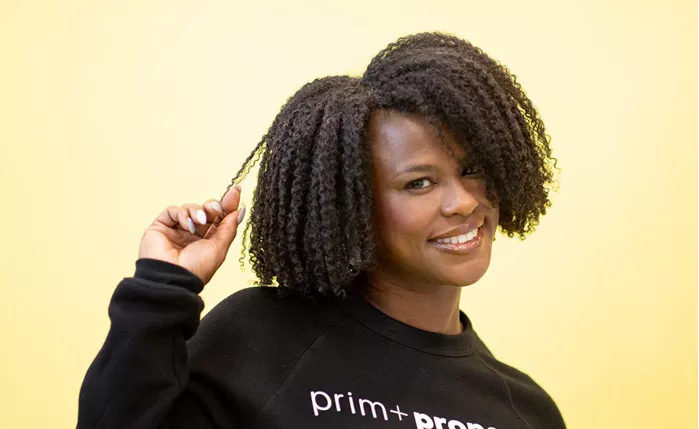A team of computer scientists at Yale University, led by Theodore Kim, has made significant strides in visualizing Afro-textured hair. This development aims to enhance the representation of diverse characters in animation and gaming.
Kim, inspired by films like “Jurassic Park” and “Toy Story” during his high school years, co-authored the paper titled “Curly-Cue: Geometric Methods for Highly Coiled Hair” with doctoral students Haomiao Wu and Alvin Shi. The manuscript will be presented at the SIGGRAPH Asia conference, scheduled for December 3-6 in Tokyo, Japan.
The research focuses on new mathematical techniques to visualize Afro-textured hair, addressing the challenges posed by rendering complex hair shapes. Traditional methods have struggled with the computational demands of animating the intricate helices found in coiled hair, which has hindered accurate representation of characters of color on screen. “Curly-Cue” specifically tackles the geometry of hair, solving physical simulation problems that arise when dealing with hundreds of thousands of hair strands.
While many in the field regard hair texture as a resolved issue, Kim points out a broader tendency in science to overlook underrepresented populations. “Social assumptions are embedded in the algorithms we use,” he explained. “Previous research largely focused on straight hair, leaving curly hair as an afterthought.”
The challenge lies in adapting existing models, designed for straight hair, to represent the high-frequency helix patterns of curly hair. Type 4 curls, which the “Curly-Cue” model focuses on, contain numerous helices that interact with the air and each other, often causing visualization software to crash. This results in less realistic animations for characters with Afro-textured hair.
Kim, whose previous work has been featured in films like “Harry Potter and the Sorcerer’s Stone” and “Coco,” noted the difficulty of translating academic research into industry applications. Historically, the animation of Afro-textured hair has not received sufficient attention, leading to less realistic representations.
Shi emphasized the computational complexity of accurately simulating the dynamics of coiled hair. “Scaling this up to a full head of hair can be very slow,” he said. The goal is to develop a simulator capable of handling these tasks efficiently.
Inadequate computational resources often lead to slower animations and unrealistic representations. For example, an animated character with straight hair might exhibit dynamic hair motion, while one with an afro may not receive the same treatment.
Since 2023, Wu and Shi have continuously refined their mathematical models, with some simulations requiring over 17 iterations and taking days to complete. The new model incorporates three components: phase-locking, which condenses wave signals; switchbacks, which create variations in a helix; and period skipping, which allows individual strands to break from their parent curls.
Kim has received two Academy Awards in science and technology for his work in the field, including recognition for his contributions at Pixar. His current focus is on addressing racial biases in computer graphics.
Previously, Wu and Shi published a precursor paper titled “Lifted Curls: A Model for Tightly Coiled Hair Simulation,” which laid the groundwork for the current study but lacked the depth of interaction between strands.
With this new model, the team plans to explore hairstyle simulations, collaborating with other artists like Professor A.M. Darke, who leads the Open Source Afro Hair Library, a database of three-dimensional models representing Black hair textures and styles.
Related topics:
- “It’s Not Just a Haircut”: Knoxville Stylist Supports Flood Victims with Pop-Up Salon
- Dabur to Merge Ayurvedic Hair Care Brand Sesa in ₹325 Crore Deal
- Mira Kapoor Shares Haircut Fears and Expert Insights on Hair Growth


